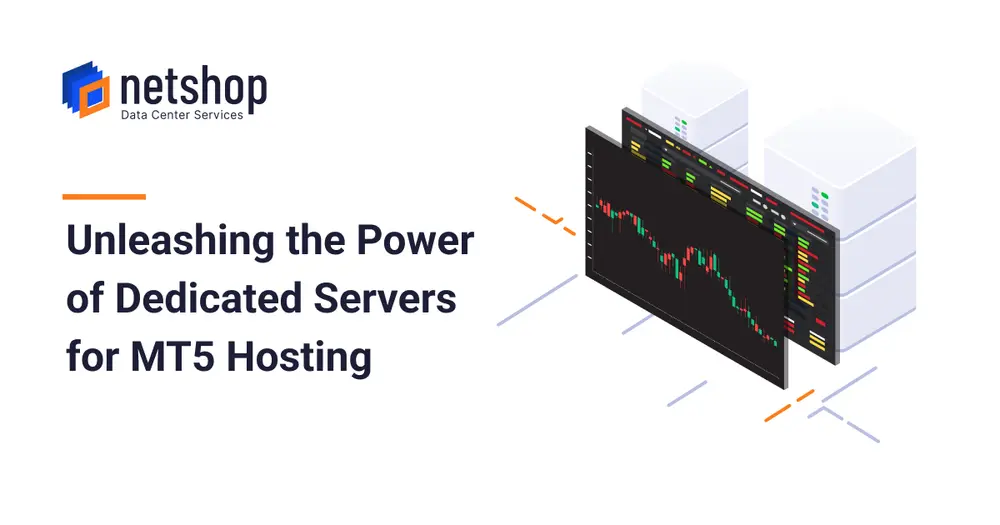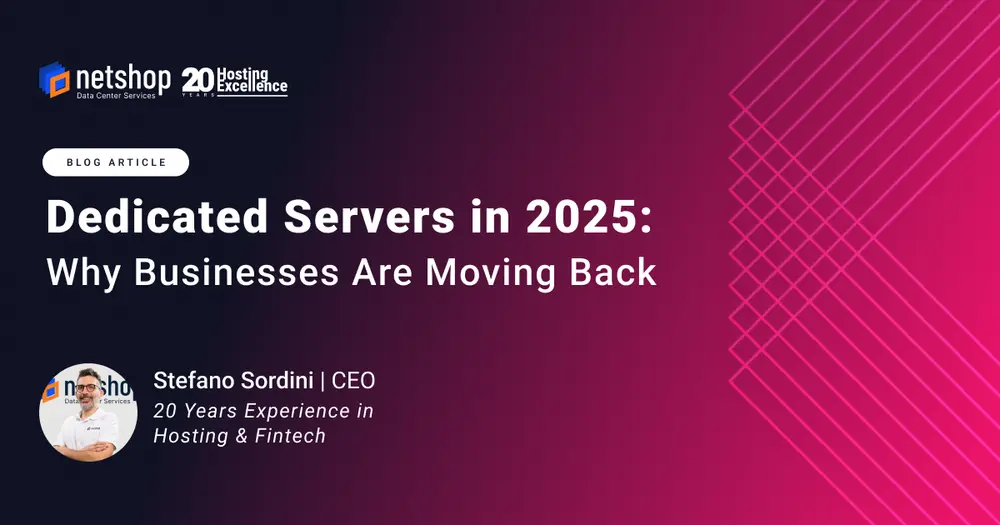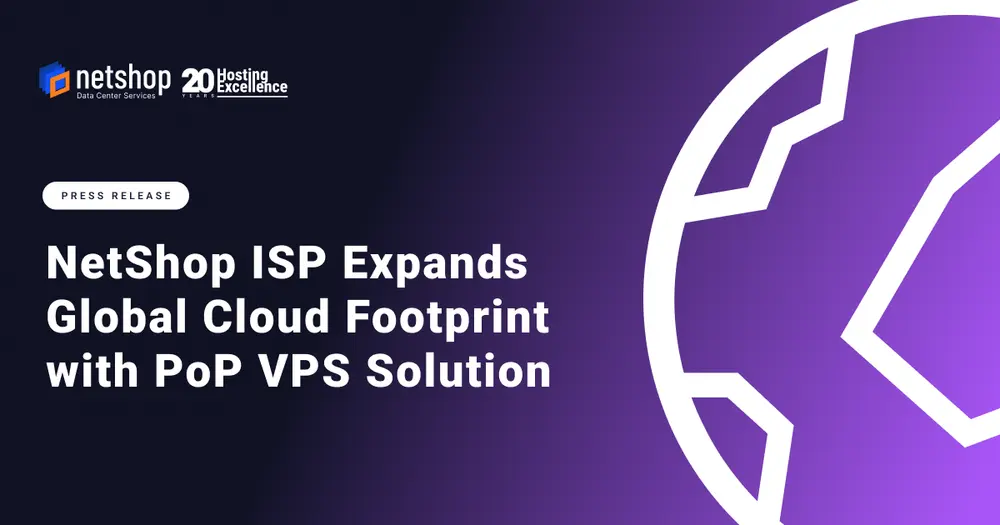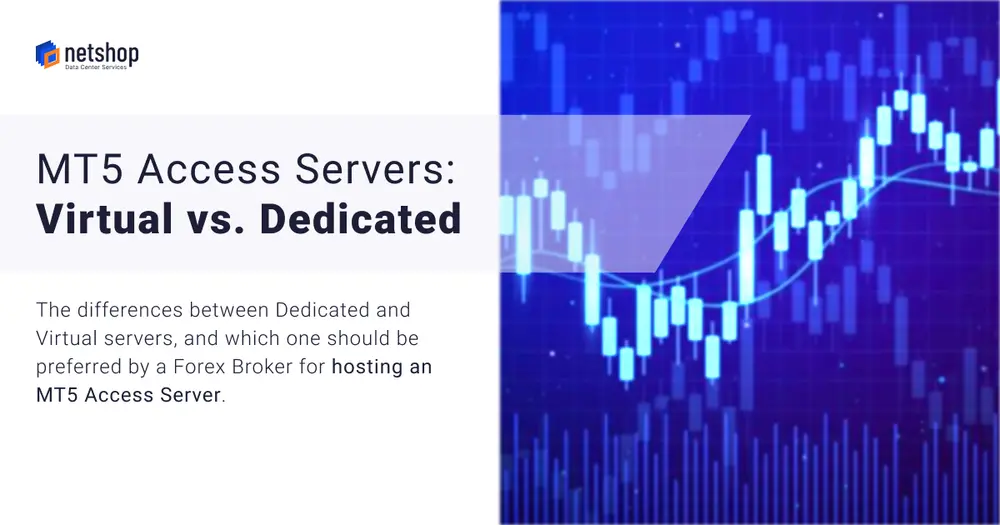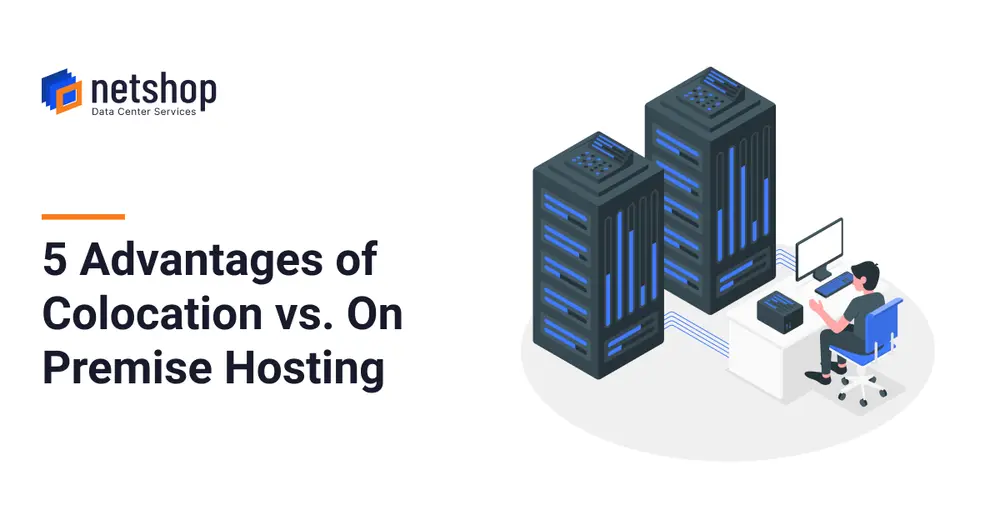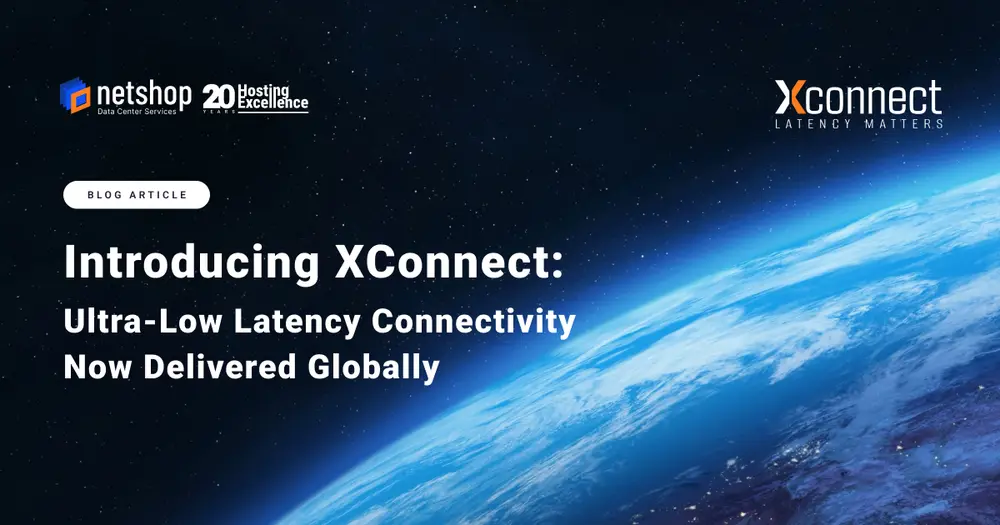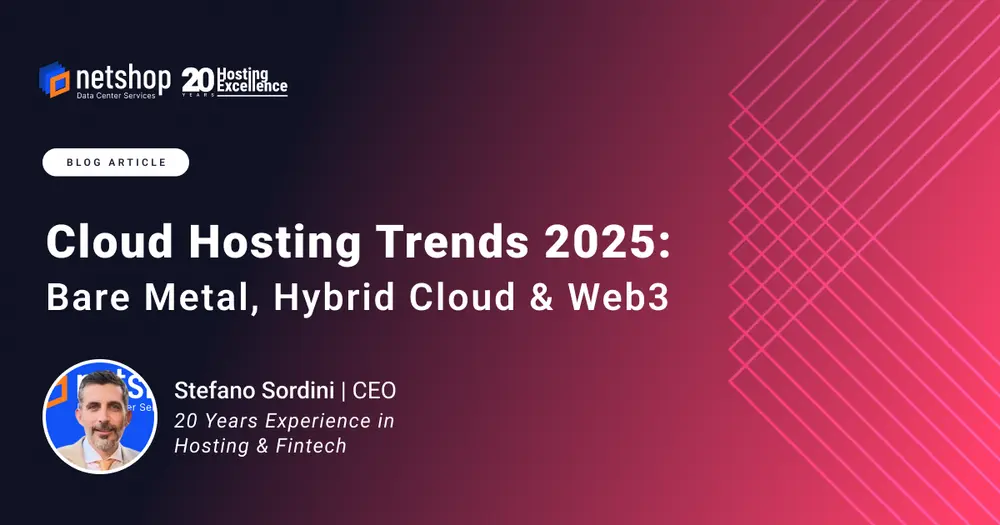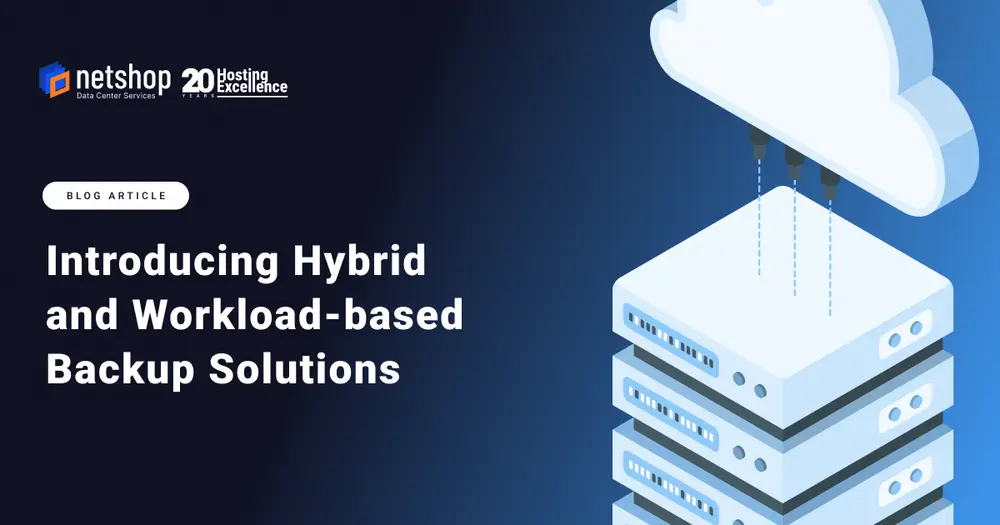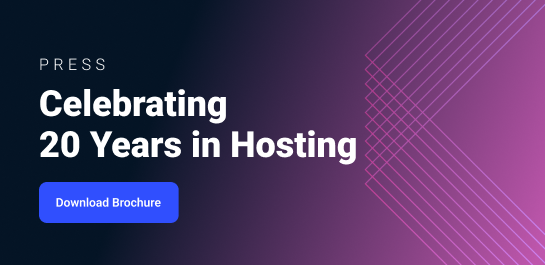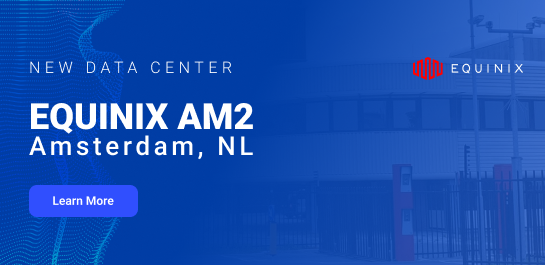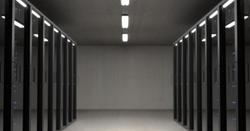A data center refers to a systematized and organized computing environment. It represents the physical space and power systems that are running the entire network infrastructure. It is badly needed today as the breakthrough of technological advancement remains steadfast in its pacing. It is used by IT operators in terms of storing, sharing, and managing data related to businesses or to any organizations.
Data centers play an important role for every business today. They serve as a hallmark in having a well-computed and brilliantly analyzed data that can be used for future enhancement and progress. A highly functioning data center should be reliable and secure. That’s why it is necessary to understand how to protect an information-based center from any possible intrusions and breaches.
The importance of a data center is highly valued these days. Understanding its essence should not be considered as an overstatement. In fact, valuing its operation in big cities and highly urbanized areas where big data are traversing from different networks and channels is a must. According to this post, data centers play an important role in our daily life due to the consideration of these interrelated things:
- Energy
- Lighting
- Telecommunications
- Internet
- Transport
- Urban Traffic
- Banks
- Security Systems
- Public Health
- Entertainment
Try to imagine your life without the Internet even for a single day. Try also to consider living your life without the existence of the banks and transport systems. For sure, your life is messy and miserable without these things. The world has changed. Technology and tools have changed the way you live your life on a day-to-day basis. Data centers, so to speak, control all of these interconnected things.
Revealing the Types and Categories of Data Centers
It’s now time to reveal the different types. Revealing them is important as far as digging deeply the essence of how they help our society and communities is concerned.
1. Colocation Data Center
It is a center that provides space, cooling, and power system to clients. The clients are also known as hyperscale customers that are situated in a particular geographical location. In this type, there is what we call as “interconnection for businesses.” It provides Software as a Service, otherwise known as SaaS. Aside from it, it can also allow the use of a Platform as a Service also known as PaaS. Its services can help enterprises in two major aspects: Business Scaling and Venture Growth. Usually, it has low cost and minimum business complexity in terms of requirements.
Moreover, a colocation center can typically house from 100 up to 1000 customers, or a bit more. The service capacity would depend on the requirements of your own network. You can rent from 1 cabinet up to a maximum of 100 cabinets. But there are also instances that a colocation allows the use of partial cabinets like a ¼ or ½ cabinet.
2. Wholesale Colocation Data Center
A wholesale colocation data center normally consists of a single proprietor of power and a cooling system and a particular space that is being leased to hyperscale and enterprise customers. With this type, it is not necessary to have an interconnection system. The large companies or hyperscale customers are using facilities that are important for an IT infrastructure. Like the standard colocation, it can permit the use of 100 cabinets up to more than 1000 cabinets.
3. Enterprises Data Center
When we say an enterprise data center, it simply means that there is a company running the facilities that are constructed on a particular physical space. But an off-site facility can also be run by a company behind this type of an information center. An enterprise data center can have 10 cabinets and more. And it can use up to 40MW+.
4. Telecom Data Center
If you hear about BT, AT&T, and Verizon, they are telecom data centers. They run their own facilities for telecommunications. There is a high volume requirement for connectivity systems and energy use in this type. Why? Because there’s a large requisite for the delivery of big data for the purpose of content sharing, mobile use, and cloud-based services. Normally, a data center of this type has 2 post racks up to 4 post racks for the IT infrastructure.
5. Hyperscale Data Center
Last but not least, a hyperscale data center refers to a facility that is being run by the main company it is merely supporting. Some examples of this type are Apple, Microsoft, and Google. There are scalable and robust applications present in this type. The so-called “hyperscale computing” plays an important role in storing and managing big data through the clouds. It is using from 500 cabinets and more. The floor area required is a minimum of 10,000 square foot.
